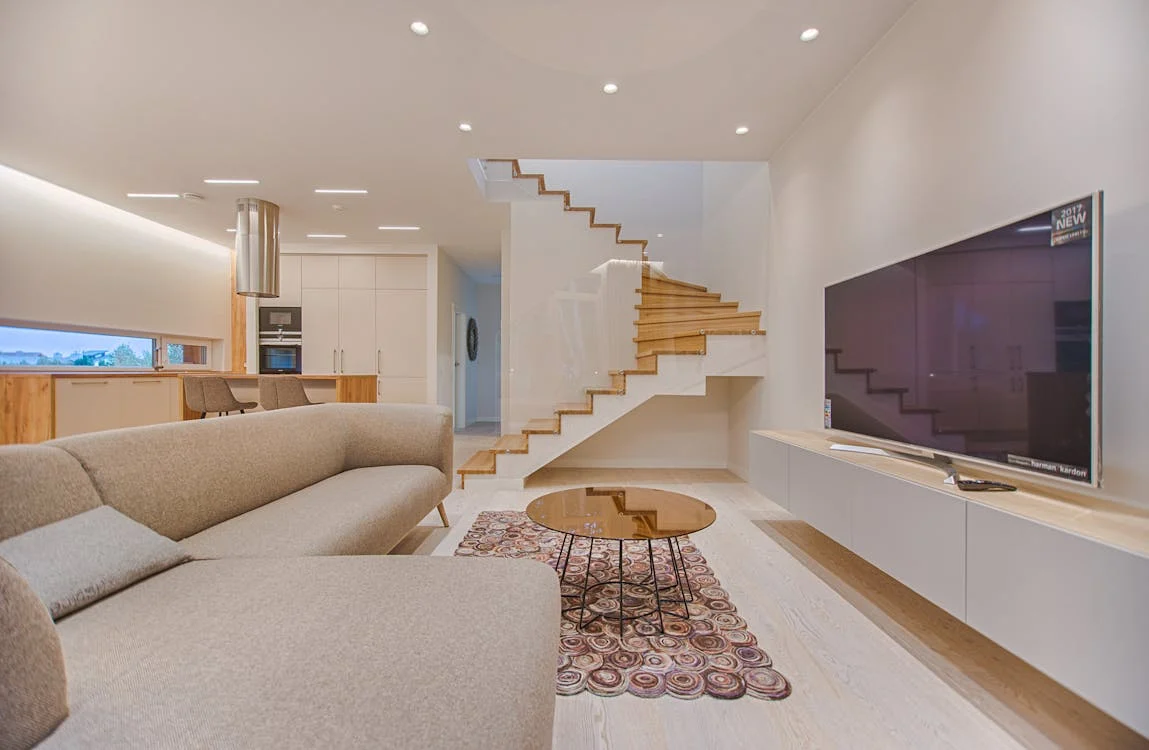Creating a smart home enhances convenience, security, and energy efficiency, making everyday living seamless and more enjoyable. With the rapid advancement of technology, integrating smart devices into your living space is easier than ever. However, it can be daunting to get started due to the variety of options available. This article provides valuable insights and practical tips to help you set up a smart home that fits your lifestyle.
Understand Your Needs
Before diving into the vast world of smart home technology, it’s essential to outline your specific needs and goals. Consider the aspects of your life that you wish to enhance, such as security, entertainment, or energy management. Start with a clear vision of what you want your smart home to achieve, whether that’s remote control of your lighting, enhanced security through cameras, or energy savings from smart thermostats.
Creating a prioritized list will guide your purchasing decisions, ensuring you invest in products that align with your vision rather than succumbing to trendy gadgets that may not serve your needs. By analyzing your lifestyle, you can identify the most beneficial smart home solutions that will truly make a difference.
Choose Your Ecosystem
With many smart home ecosystems available, choosing the right one is crucial for seamless integration. Major players in the market include Google Home, Amazon Alexa, and Apple HomeKit. Each ecosystem supports different devices, so selecting one that offers compatibility with products you are interested in is vital.
If you plan to use smart switches, it’s essential to research whether your chosen ecosystem supports the devices you’re considering. A streamlined setup helps to reduce complexity, allowing you to control all your devices from a single app or voice command.
Energy Efficiency Benefits
Smart homes are not just about convenience; they also offer notable benefits in energy efficiency. Installing smart thermostats can help you better manage your heating and cooling, optimizing usage and leading to cost savings on your utility bills. According to the U.S. Department of Energy, smart thermostats can save you an average of 10 to 12 percent on heating and 15 percent on cooling.
Smart lighting can reduce energy consumption compared to traditional bulbs, as they can be programmed to turn off automatically when not in use. Upgrading other devices can also enhance energy efficiency. If you’re looking to upgrade your home to a more energy-efficient model, consider a smart switch to control devices remotely. That way you can prevent them from drawing power when not needed.
Start with the Basics
Beginning your smart home journey doesn’t have to be overwhelming. Start with a few fundamental devices that can significantly impact your daily life. Smart speakers serve as excellent entry points, allowing you to control other smart devices via voice. Smart lighting and smart plugs can provide immediate upgrades to your home environment.
As you become more comfortable, you can gradually expand your system. Consider exploring options like security cameras, smart thermostats, and smart locks for advanced features that enhance both safety and energy efficiency. By focusing on the basics, you can smooth your transition into a fully integrated smart home without feeling lost or overwhelmed.
Prioritize Security
Security should be one of the top priorities when setting up your smart home. The convenience of smart technology can make your home more vulnerable if not properly secured. Implementing basic cybersecurity practices, such as using strong passwords and ensuring that your devices are updated, can go a long way in protecting your property.
Consider integrating security devices like smart locks and cameras that can be remotely monitored. These devices not only keep your home secure but also offer peace of mind when you’re away. According to a survey by Statista, around 35% of U.S. households had smart home security devices as of 2021, reflecting the growing emphasis on home safety.
Ensure Compatibility
Compatibility among devices is a critical aspect of setting up a smart home. When selecting products, check whether they can seamlessly connect with other devices in your ecosystem. Look for devices that support popular platforms and protocols like Zigbee, Z-Wave, or Wi-Fi.
By ensuring that all devices can communicate, you create a more cohesive home experience. Products that aren’t compatible can lead to frustrating situations, disrupting the smooth operation of your smart home. Investing time in research upfront will pay off by creating a network of devices that work harmoniously together, unlocking the full potential of your system.
Embrace Automation
Automation is one of the most exciting benefits of a smart home. Many devices offer the ability to create routines based on your daily habits. For instance, you can set your smart thermostat to adjust the temperature based on your schedule or program your lights to dim in the evening.
By implementing automation, you can create a level of convenience that enhances your daily routine. Experiment with different settings to discover what works best for you. Over time, you may find that automation significantly enhances your home’s efficiency, security, and overall comfort.

As you begin to implement these tips, remember that setting up a smart home is a journey that should reflect your individual lifestyle and preferences. Every device you incorporate should serve a purpose, enhancing your living space rather than complicating it. By planning carefully and equipping yourself with knowledge, you can create a smart home that truly enriches your life.

Recent Comments